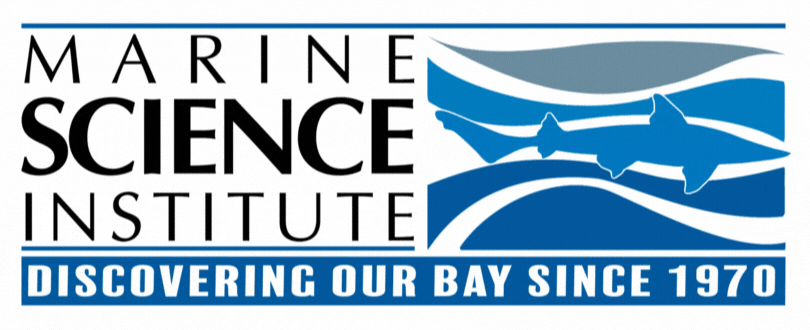Marine Science in the News: a groundbreaking decision for Antarctica's Ross Sea
- Alexandra Lee, Marine Camp Manager
- Nov 1, 2016
- 2 min read
One month ago we posted a blog about Papahānaumokuākea Marine National Monument in Hawaii, a recently established Marine Protected Area (MPA) that covers 582,578 square miles. Well now our planet has a new MPA to take the title of the largest protected area on Earth: the Ross Sea in Antarctica (Fig. 1)!

Figure 1. The Ross Sea in Antarctica has become the world's largest area of protected land, covering 2% of the Southern Ocean. Image source: New Zealand Ministry of Foreign Affairs and Trade/Antarctic Ocean Alliance/The Pew Charitable Trusts.
After 5 years of debate, 24 countries and the European Union have declared that the Ross Sea in Antarctica will become the largest MPA. 600,000 square miles of this enormous Antarctic Bay in the Southern Ocean will be protected from fishing and mining in an effort to preserve and study what is said to be the last true wilderness left on Earth. This decision was made by the Commission for the Conservation of Antarctic Marine Living Resources during a week-long meeting in Australia and will come into force December 2017. To read the CCAMLR’s original article, please check out their media release.
There is just one caveat… this deal will expire in 35 years. For a permanent marine park to be declared, every country involved in the decision must agree. Previously, there had been some opposition from Russia and China because of their large Southern Ocean fishing fleets and as interest grows in Antarctica’s resource potential, namely mineral mining. Agreeing countries and the World Wildlife Fund will be working hard to make the Ross Sea Marine Protected Area become permanent. A major advocate for the decision was UN Environment’s Patron for the Oceans Lewis Pugh, whose “speedo diplomacy” drew attention to the Ross Sea with swims in its icy waters and a series of meetings with Russian officials.

Figure 2. A selection of the animals that live in the Ross Sea and the nearby ice shelf.
The Ross Sea is considered to be a near pristine marine environment, providing a perfect laboratory for scientists to study climate change and overfishing. This area is home to many animals including huge numbers of krill, Adelie penguins, Antarctic minke whales, emperor penguins, Antarctic petrels, orcas, Weddell seals, leopard seals and the endangered toothfish (Fig. 2). The foundation of the Ross Sea’s magnificent marine ecosystem is the upwelling of nutrients caused by ocean currents, which provides a prime feeding ground for multiple trophic levels. The nutrient-rich waters are carried on currents around the world, further adding to the importance of the Ross Sea region.
As part of the negotiations, special small “take” zones are established so fishing for krill and toothfish will be allowed for research purposes. Protecting the Ross Sea region will enable scientists to compare areas closed to fishing, those in which fishing is restricted, and those that are open to fishing. They will also be able to study the impacts from climate change to better evaluate the variables affecting the health of natural marine ecosystems.
For more information on this groundbreaking decision, please visit the BBC News release page.







Comments